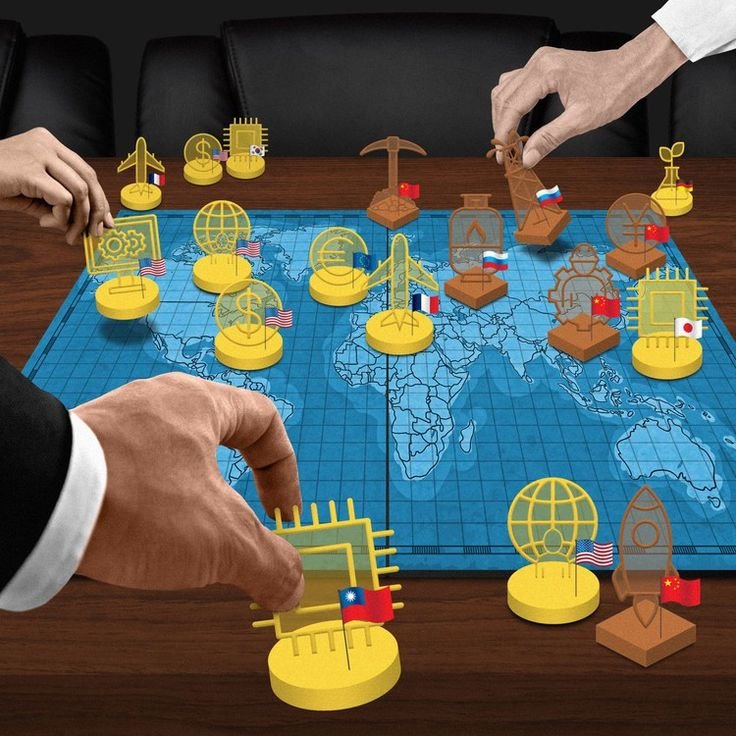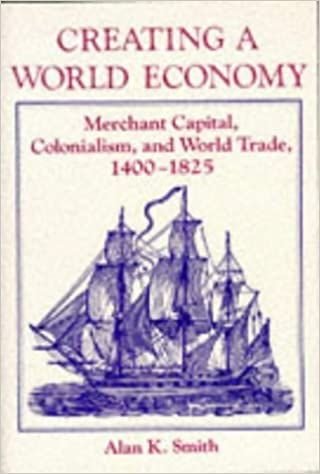FishersFind World Watch: Top Geopolitical Stories of 2025
As the world enters 2025, geopolitical tensions, economic shifts, and power struggles continue to shape the global landscape. With increasing uncertainty in many regions, the international stage is ripe for pivotal events that could define the future of diplomacy, trade, and military strategy. FishersFind provides an analysis of the top geopolitical stories to watch this year, focusing on key developments that are likely to influence global relations and stability.
The China-Taiwan Situation: Escalating Tensions
The geopolitical tensions surrounding China and Taiwan remain one of the most critical issues in 2025. China’s continued military build-up near Taiwan and its increasing pressure on the island have placed the region at the forefront of global security concerns. While the U.S. and its allies have repeatedly expressed support for Taiwan’s sovereignty, Beijing’s assertive actions suggest that the situation may escalate further this year.
In 2025, the ongoing risk of military conflict in the Taiwan Strait could have far-reaching implications for the Asia-Pacific region and the global economy. A Chinese invasion or significant military conflict in the region would disrupt global supply chains, particularly in technology sectors, as Taiwan is a critical hub for semiconductor production. Moreover, any military action could trigger a broader confrontation, drawing in the U.S. and its allies in defense of Taiwan, leading to a reconfiguration of alliances in the region.
As China continues its economic and military rise, the international community will have to navigate this delicate balance, with diplomatic efforts aimed at de-escalation being crucial in the year ahead.
U.S.-China Rivalry: Economic and Technological Competition
The rivalry between the United States and China is set to intensify in 2025, particularly in the realms of trade, technology, and military influence. Both nations are vying for dominance in global markets, with a focus on critical industries such as AI, 5G, and green energy technologies. In 2025, we expect to see more aggressive tactics employed by both sides as they seek to gain a technological edge.
The U.S. has already implemented several measures to counter China’s growing influence, including imposing sanctions on Chinese tech firms and limiting access to advanced technologies. China, in response, has accelerated its development of indigenous technologies, particularly in areas like quantum computing and artificial intelligence. This technological arms race will continue to be a defining feature of the global economic landscape in 2025, with both countries attempting to position themselves as the leader in the next generation of technological innovation.
Furthermore, the trade relationship between these two economic giants will remain strained, with tariffs, intellectual property disputes, and market access challenges likely to remain prominent. This rivalry will not only shape the future of these two countries but also affect global trade policies and the overall international economic order.
The War in Ukraine: A Prolonged Conflict with Global Implications
The war in Ukraine, which began in 2022, is expected to continue having profound geopolitical consequences throughout 2025. While efforts to negotiate a peace settlement have made some progress, the conflict remains unresolved, with both Russia and Ukraine entrenching their positions. Russia’s invasion has not only led to widespread humanitarian consequences but has also significantly impacted global energy markets, food security, and military alliances.
In 2025, the war’s continuation will have broader ramifications for global stability, particularly in Europe. NATO’s involvement in supporting Ukraine has already strained relations with Russia, and a protracted conflict could lead to further instability in the region. The war could also fuel growing divisions within Europe, as countries debate the level of support they should provide to Ukraine while dealing with domestic economic pressures caused by the conflict.
The impact of the war extends beyond Europe as well. The global energy market remains in flux, with Russia’s control over key natural gas and oil routes influencing global prices and energy security. Moreover, the war is further exacerbating tensions between Russia and Western powers, leading to an increasingly fragmented global order.
The Middle East: Shifting Alliances and Proxy Conflicts
The Middle East continues to be a hotspot for geopolitical tension, with shifting alliances and ongoing proxy conflicts influencing the region’s stability. In 2025, the influence of Iran, Saudi Arabia, and Turkey will be pivotal in shaping the region’s future. The Saudi-Iranian rivalry remains a key factor in regional power struggles, with both countries backing opposing factions in conflicts across the region, from Yemen to Syria.
The normalization of relations between Saudi Arabia and Israel, brokered by the U.S., has also added new dynamics to Middle Eastern geopolitics. While this historic agreement could foster greater cooperation on security and economic issues, it has also further polarized the region, particularly in relation to the Palestinian issue and the ongoing Iranian nuclear threat.
The potential for a nuclear arms race in the Middle East remains a significant concern, especially as Iran advances its nuclear capabilities. The continued involvement of external powers, particularly the U.S. and Russia, will be crucial in determining whether diplomatic efforts can prevent further escalation or whether regional conflicts will spill over into broader confrontations.
The Rise of India: A Strategic Global Player
India is increasingly becoming a key player in global geopolitics, with its economic growth, military modernization, and strategic alliances positioning it as a major force in 2025. As the world’s most populous country and one of its fastest-growing economies, India is set to exert more influence in international institutions, trade networks, and military partnerships.
India’s growing rivalry with China, particularly in the Indo-Pacific region, will play a significant role in its geopolitical strategy. New security arrangements, such as the Quad (with the U.S., Japan, and Australia), have strengthened India’s position in countering China’s influence in the region. Furthermore, India’s defense spending and technological capabilities are expected to increase, making it a significant military power by 2025.
India’s role in global trade is also becoming more pronounced, with the country emerging as a key player in supply chain diversification efforts. As businesses look to reduce their reliance on China, India’s large workforce and expanding infrastructure offer significant opportunities. India’s position in the global order will continue to evolve as it seeks to balance economic growth with strategic security concerns in a rapidly changing geopolitical landscape.
Africa’s Geopolitical Importance: New Opportunities and Challenges
Africa is emerging as an increasingly important geopolitical player in 2025, driven by its abundant natural resources, strategic location, and growing population. The continent’s geopolitical significance is being recognized by major powers like China, the U.S., and Russia, who are competing for influence through investments, trade agreements, and military cooperation.
China’s Belt and Road Initiative continues to expand across the continent, with infrastructure projects aimed at enhancing connectivity and facilitating trade. However, as African countries gain more economic power, they are also looking to assert greater independence and diversify their relationships with other global players.
In addition to economic development, Africa faces significant challenges, including political instability, climate change, and security threats from extremist groups. These issues will play a major role in shaping the continent’s geopolitical trajectory, as both regional and international players work to manage Africa’s evolving political landscape.
Conclusion: Navigating the Complex Geopolitical Terrain of 2025
The geopolitical landscape in 2025 is marked by increasing competition, shifting alliances, and complex power dynamics. From the tense relations between China and Taiwan to the prolonged conflict in Ukraine, global powers are engaged in strategic maneuvers that will have long-lasting consequences for the world. Understanding these geopolitical stories is essential for businesses, policymakers, and individuals navigating an increasingly interconnected and uncertain global environment.
As the year progresses, it will be crucial to monitor these developments and anticipate how they might influence global trade, security, and diplomacy. With power dynamics in constant flux, staying informed and adaptable will be key to understanding the rapidly changing world order in 2025.







